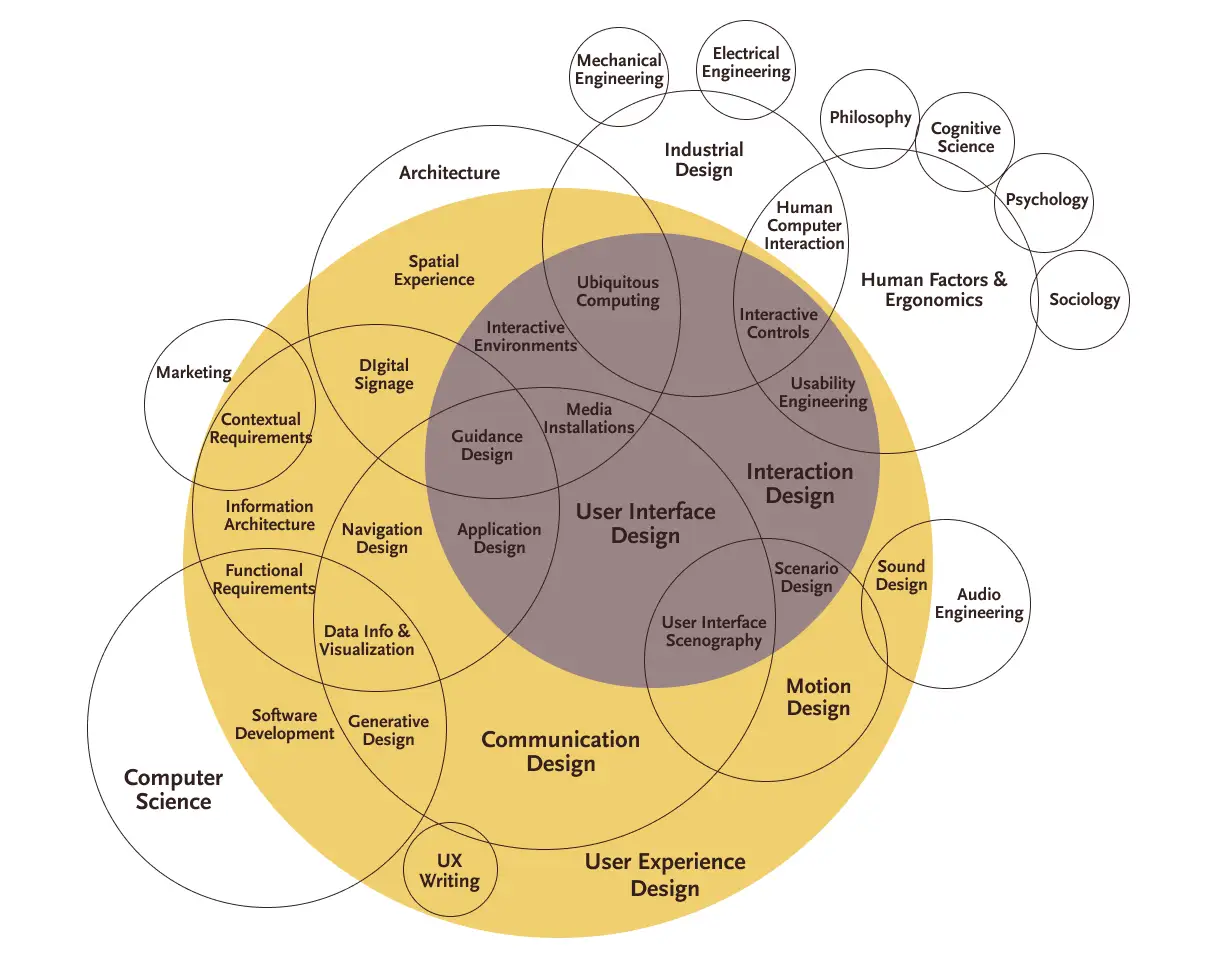“UX is not UI”—you’ve probably heard this or similar statements before. And so have various arguments in favor of or against them. But if you’re still confused about what it is, the feeling is mutual.
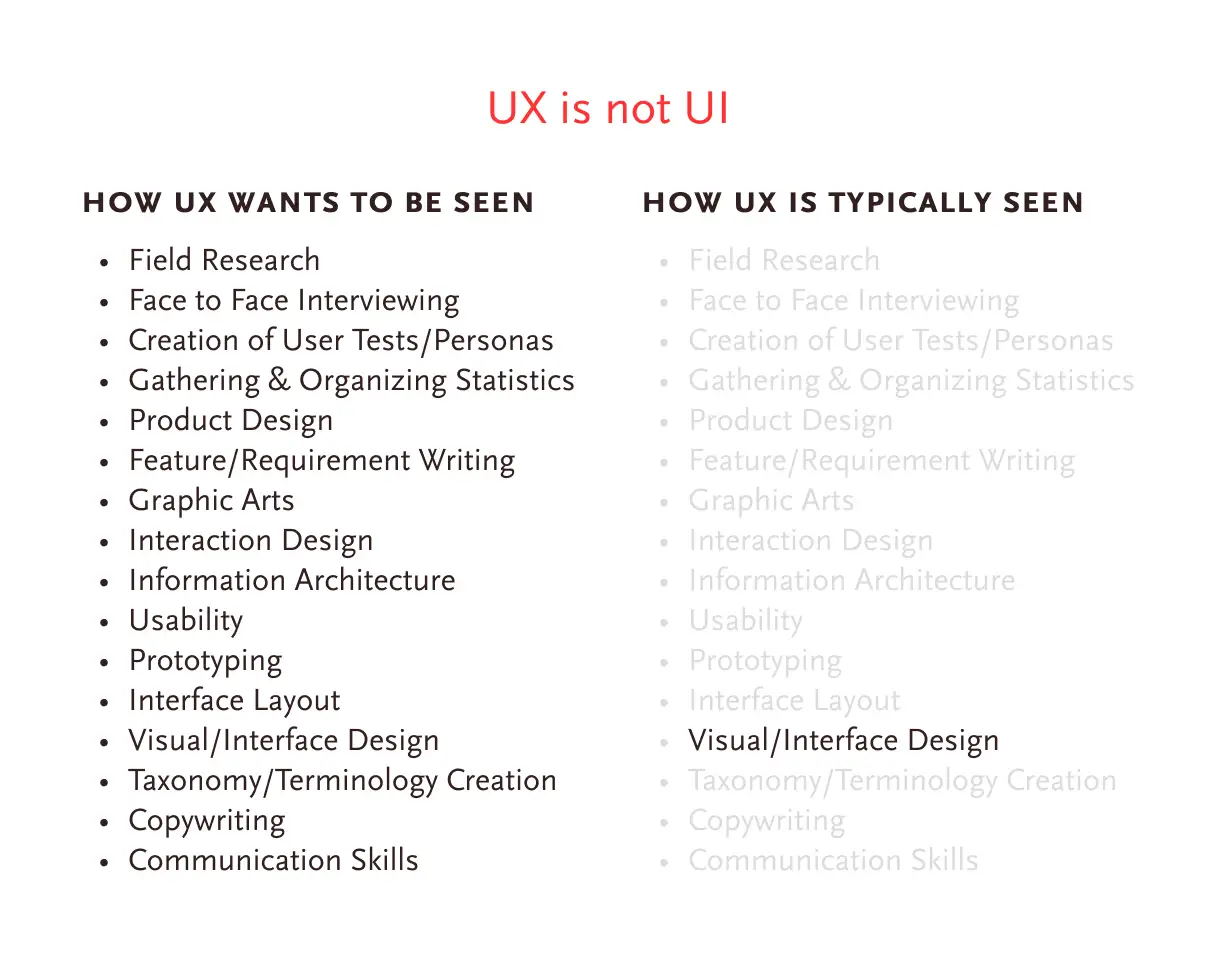
Look, it’s not like UX is a new phenomenon. It has been around for at least 15–20 solid years. Then why do these UX vs. UI statements still pop up now and then? And why hasn’t the dust settled until now?
UX Is Ambiguous as Hell
First of all, most UX designers don’t even know the basic UX fundamentals. Also, UX is pretty ambiguous compared to other specializations that contribute to building a product. And while becoming an engineer requires specific knowledge, the same is not the case with UX.
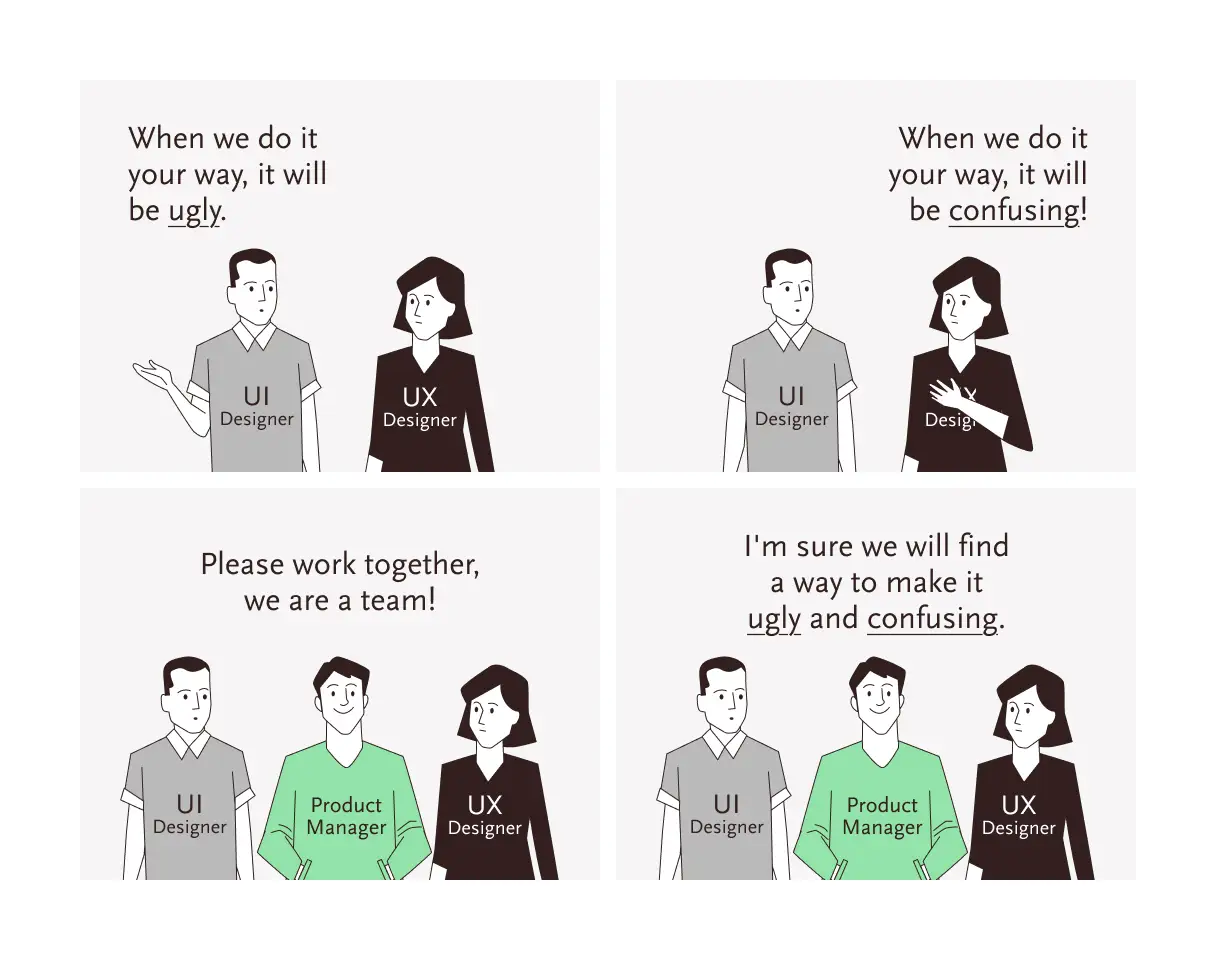
Anyone can become a UX designer, so they say. But this very flexibility, which on one hand invites people from different fields to join UX, on the other it also causes a few issues.
1. Set Wrong Expectations
Humans are born designers, or at least they think so. Because similar to UX designers, humans are also
- empathetic towards others,
- have problem-solving skills,
- know how to collaborate, and
- usually possess good visual sense.
So they think, “how hard can design be?”
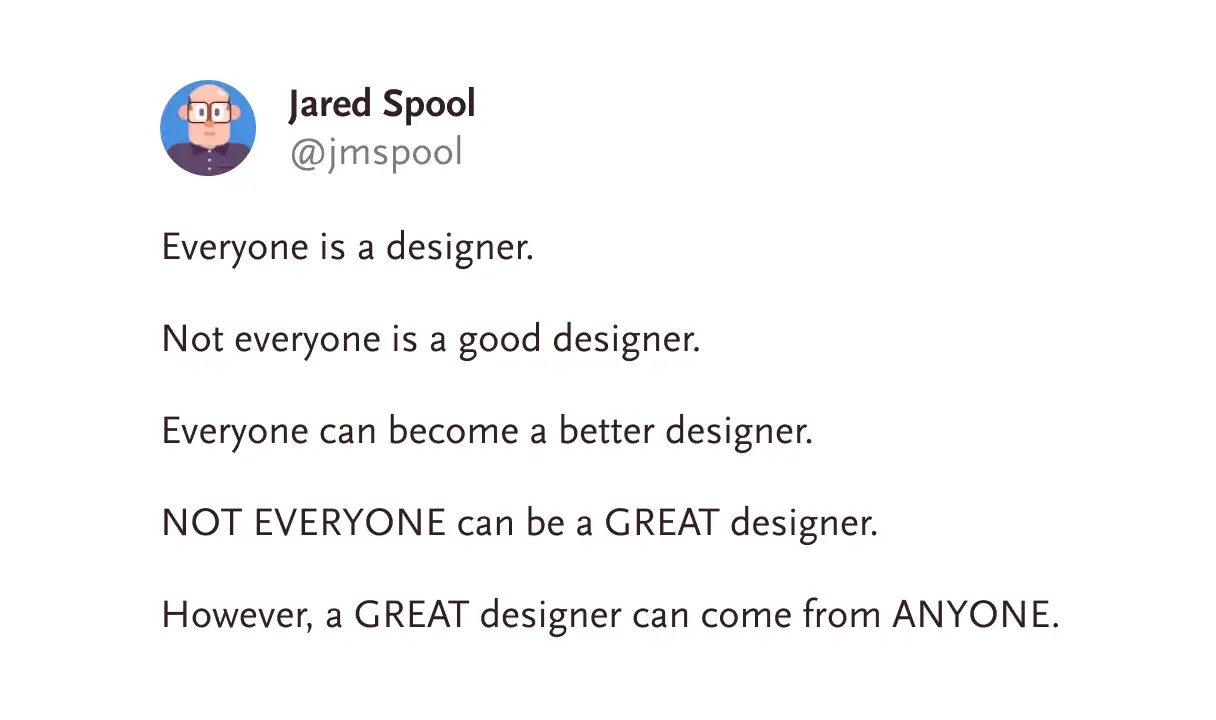
Design comes naturally to humans. And so does their belief that they can become great designers and indeed, many do. But just like other fields, most of them stay right in the middle of the curve.
2. Attracts More Hobbyists Than Practitioners
The terms such as art, experience, and design have a charm to them that attracts even
- celebrities such as Twinkle Khanna who became an interior designer, or
- socialites such as Neeta Ambani who became an art collector, or even
- ascetics like IIT baba who holds a Master’s degree in Design (MDes).
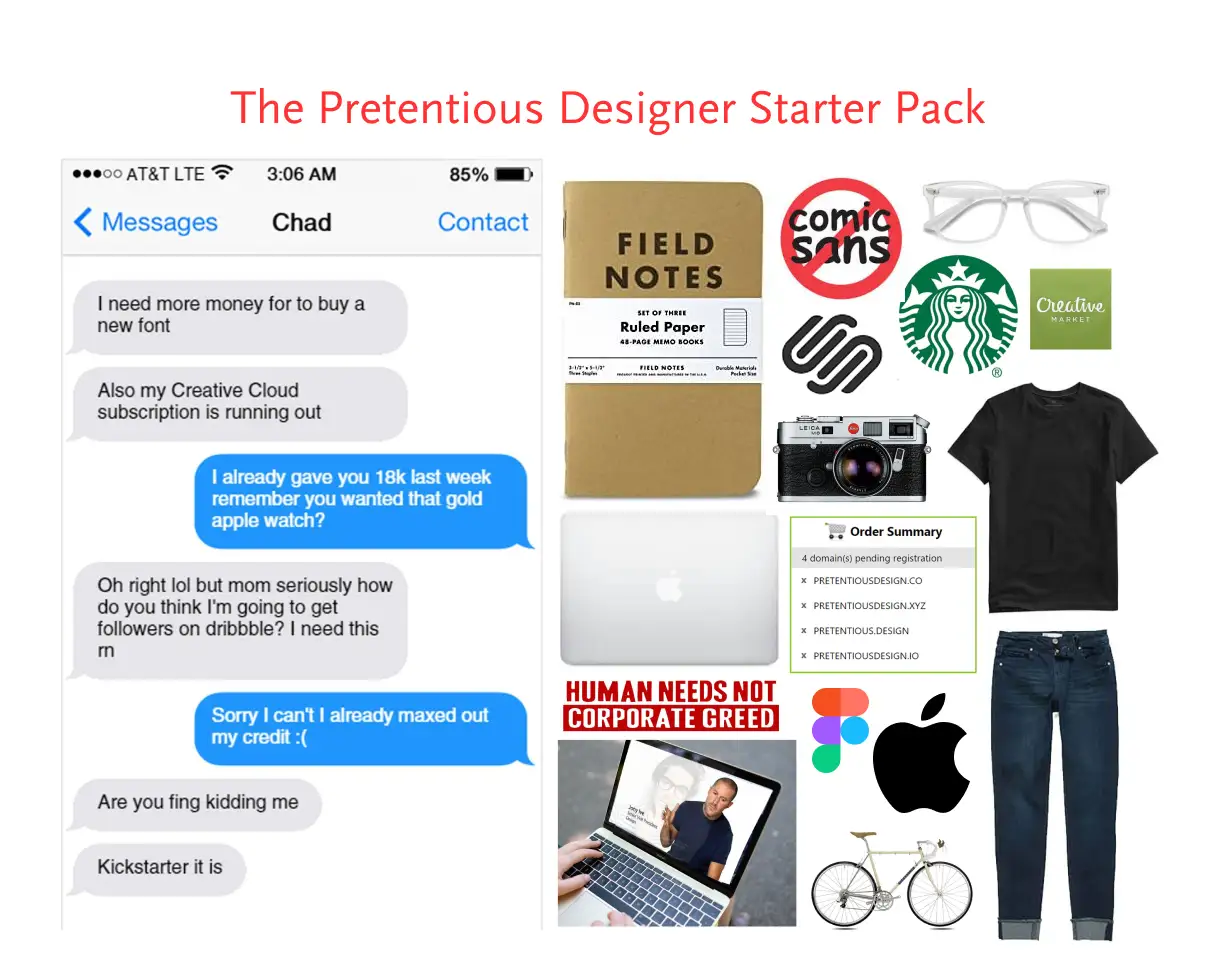
That’s why people from all sorts of fields such as psychology, philosophy, sociology, anthropology, engineering, etc., are attracted to design.
3. Gives a False Belief of Becoming a Pro in 6 Months
Today you can just enroll in a 6‑month online bootcamp and become a UX designer. And it’s actually not bad considering ultimately you have to do the same old sh!t in the name of UX. But the problem is these short-term courses produce a typical demand and supply problem.
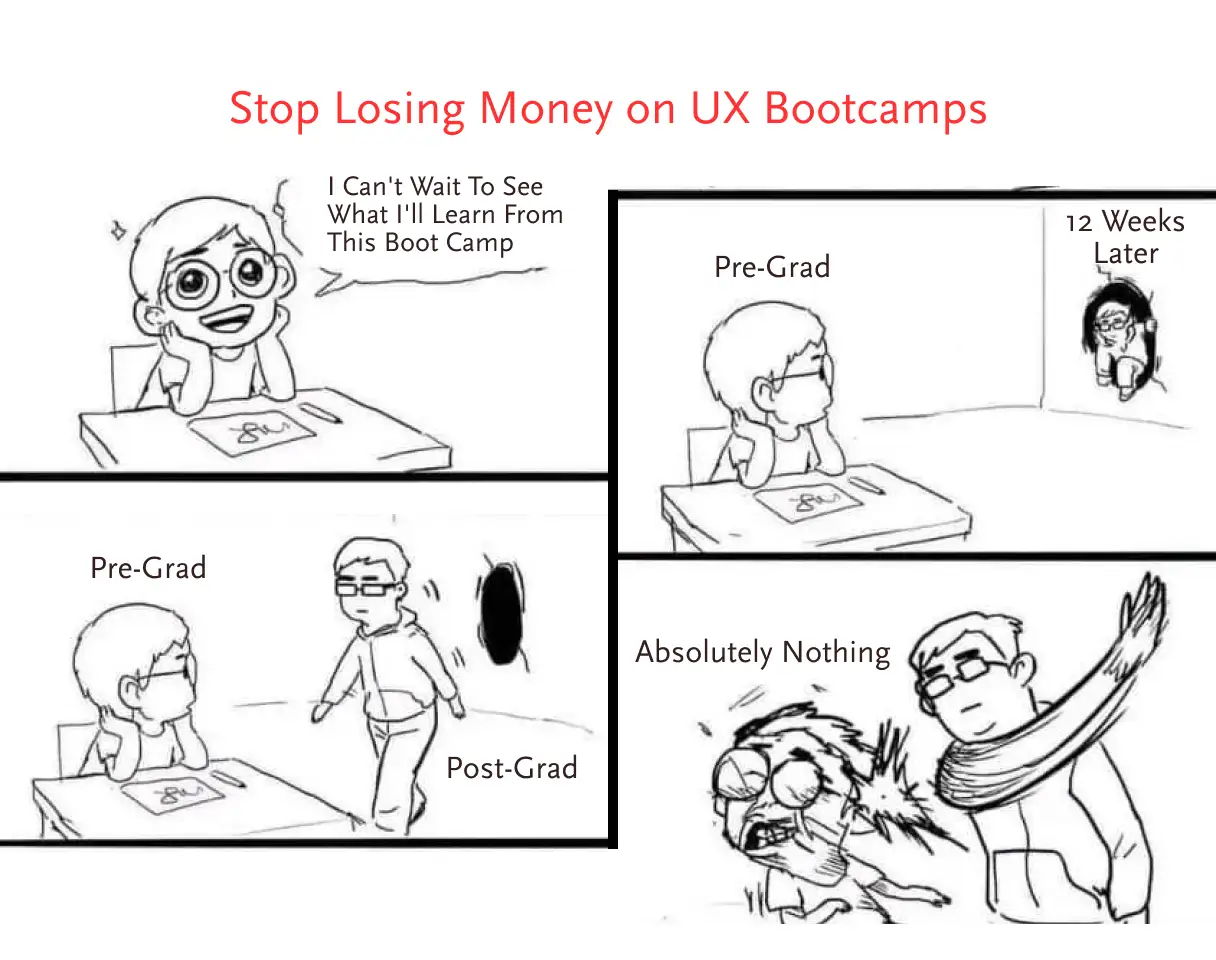
Every 6 months, a fresh supply of cheap labor meets nothing but exploiters. And these organizations take advantage of UX designers by forcing them to
- follow their arbitrary rules, or
- work in pathetic conditions, or
- do work other than what’s in their job description.
I mean they force them to do all sorts of stuff in the name of providing internships.
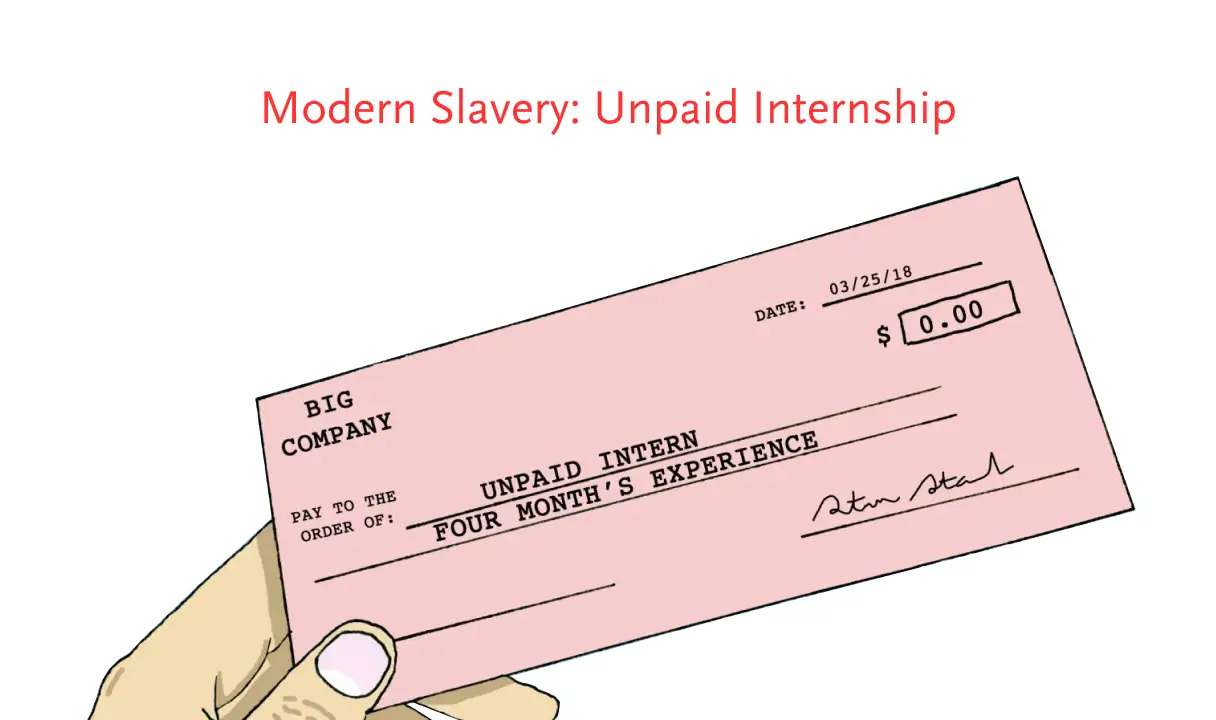
4. Makes UX Designers Bitches of Engineers
Do you really think an organization considers you as important as an engineer, or a product manager, or a salesperson or a marketer to them?
Usually you dodge this question but deep down you know UX is not as important as people portray it is. Barring a handful of top organizations, nobody really cares about UX. Businesses just want a run-of-the-mill designer who can follow orders, meet deadlines, and provide to engineers.

If you don’t agree with me, name a few UX designers who have invented something worthwhile, made a lot of money, or are regarded as industry leaders. Of course, you would find a few if you look hard but that’s the whole point.
Look, if you want to do well in UX or any particular field for that matter, you’ll have to think differently. And to do that, you’ll have to dig into subjects nobody is paying attention to. But theory can only take you to a certain point. Ultimately, you’ll have to build things.
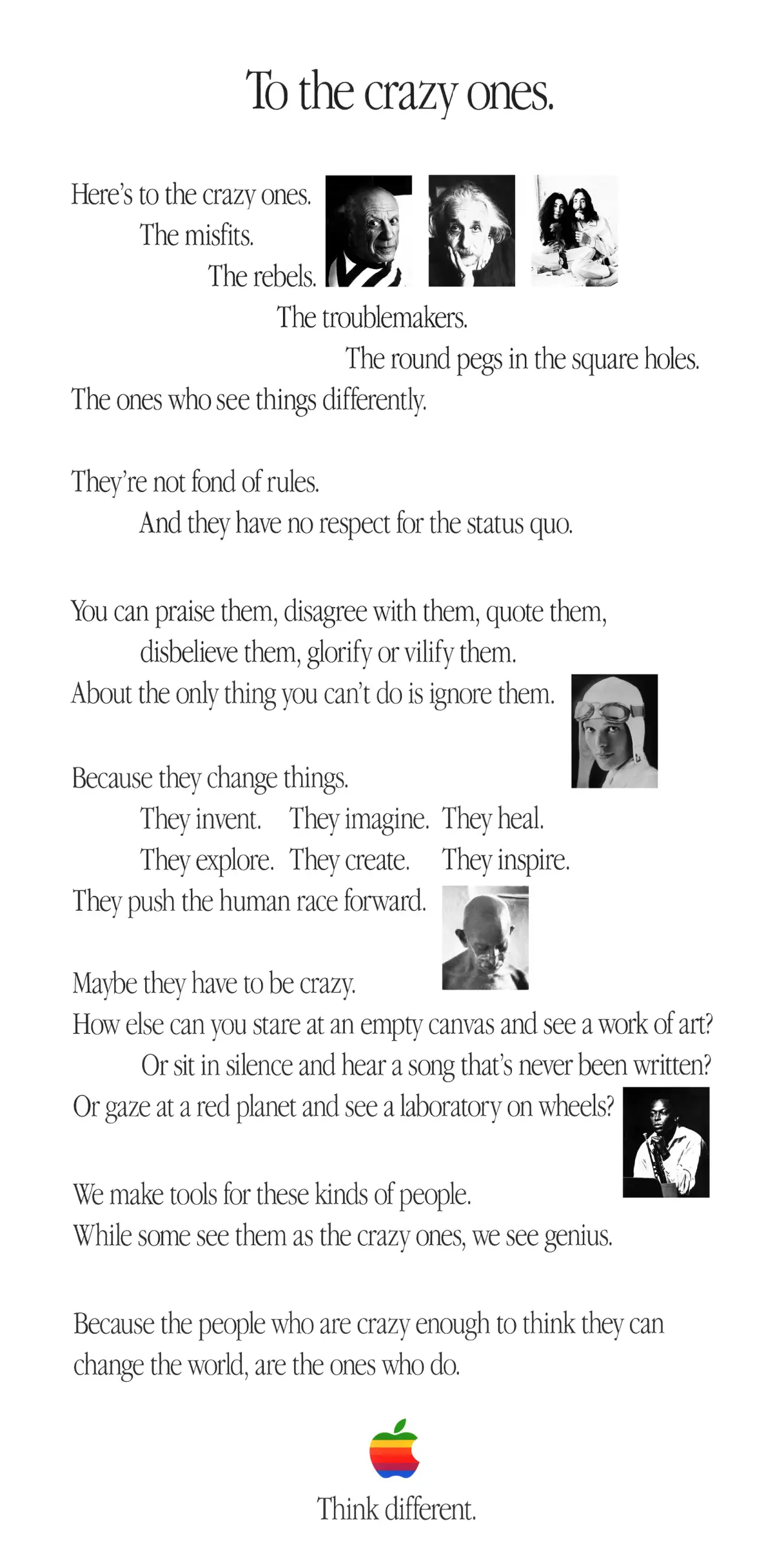
UX is a single lane. The superhighway is way ahead. That’s where you must reach. And the components of the UX will help you to reach there. But before that let’s settle the UI vs UX debate.
UX Only Cares About Users
UX only cares about users and how to facilitate a good experience for them. And to do that it doesn’t feel shy to take help from other subjects. So if UI helps UX to fulfill its purpose, then more power to UI, but if it isn’t, then just leave it. Simple. Don’t create a fuss.
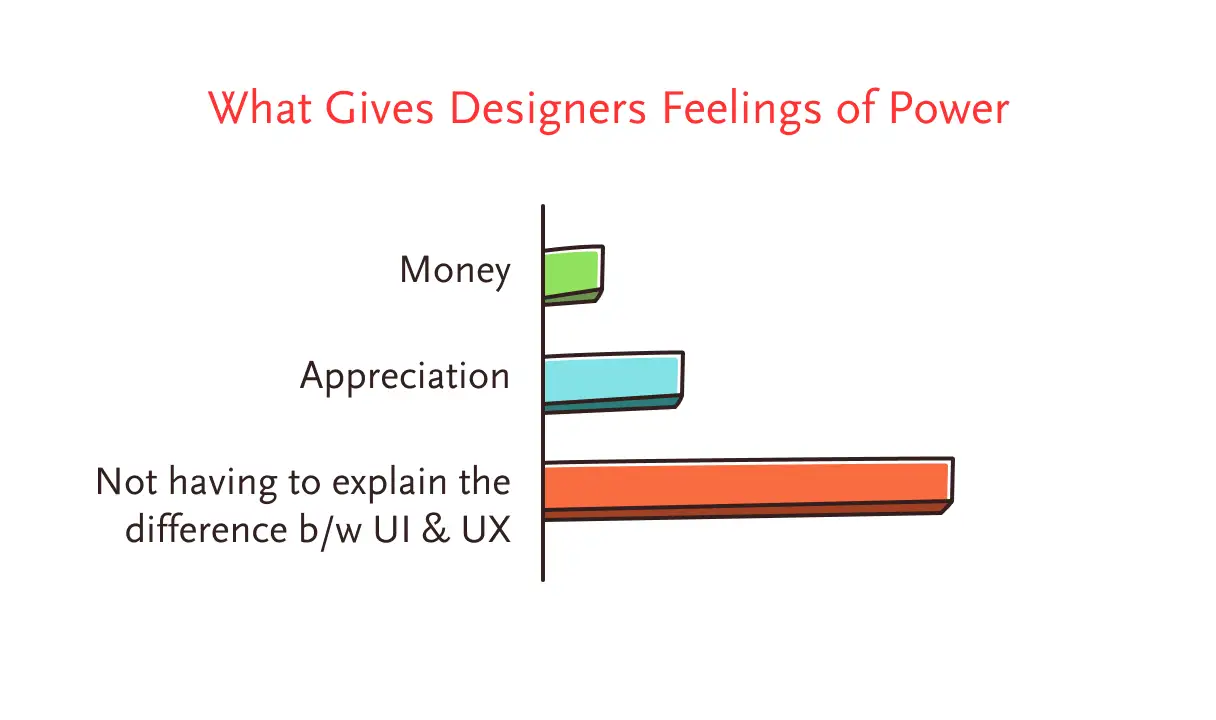
Here I remember an analogy that Steve Jobs made when Wozniak asked him what he does at Apple, unlike others who do important things. Jobs replies, while they’re all musicians who play their instruments, he is the one who plays the orchestra.

Similarly a UX designer orchestrates a product with the help of others. And just like Steve Jobs, UX designers also bring a unique skill set. Let’s look at the components that constitute the skill set.
First, What Is a Component?
A component is a part of a larger whole. They’re the building blocks of a system. Just like kids can build different structures using the same blocks, you can also build different applications using the same components.
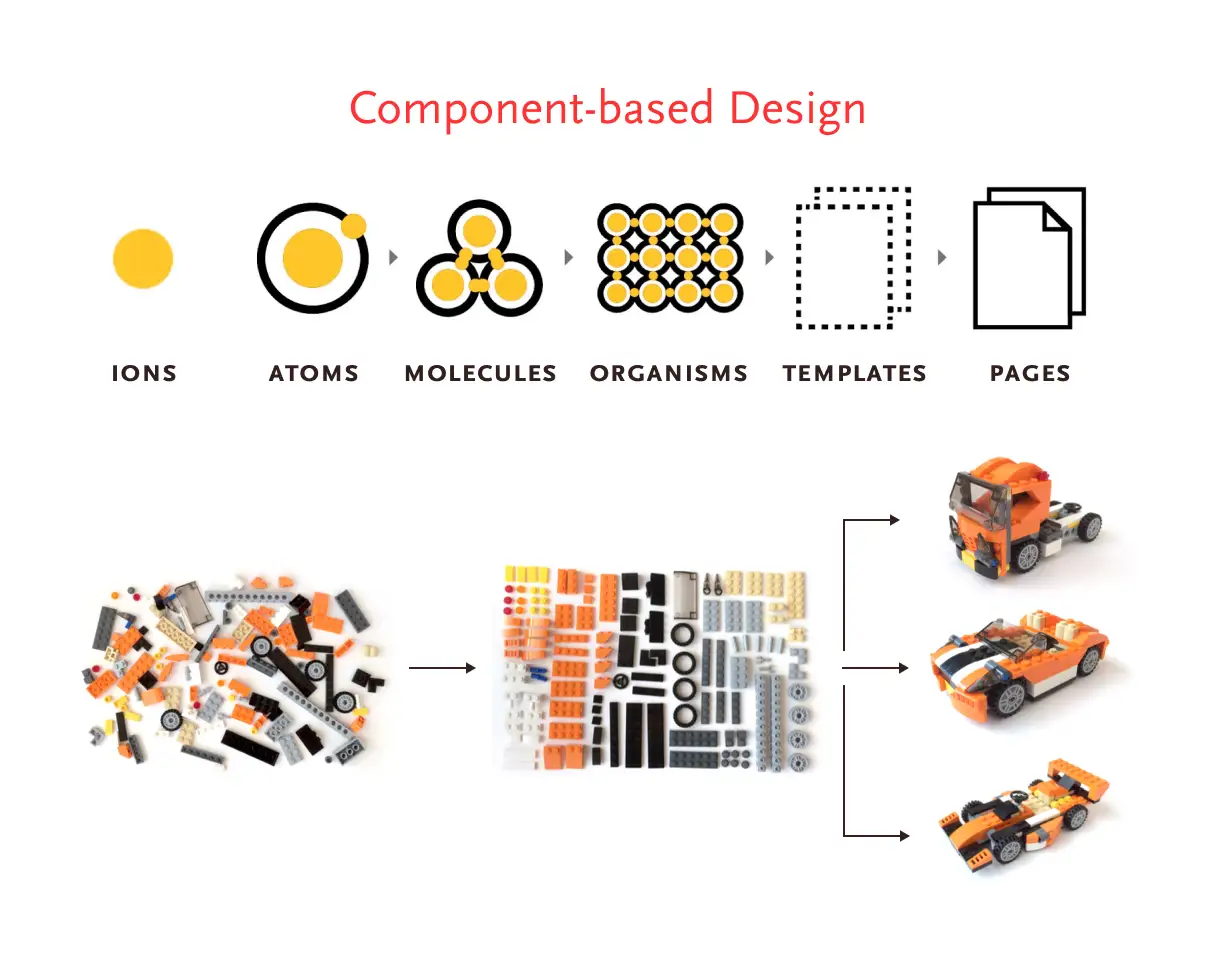
Similarly UX design is a system that deals with people. But as people are complicated, so is putting yourself in their shoes, walking a mile or two, and then building a solution for them. Therefore, it requires the help of a lot of components such as:
- Business
- UX Research
- Cognitive Psychology
- Philosophy
- Information Architecture
- Visual Design
Let’s look at them in detail.
1. Business
If UX design can’t help you build a successful business around a product then what else do you need it for? The end goal of a product is to become valuable for its stakeholders i.e., users, clients, business etc.
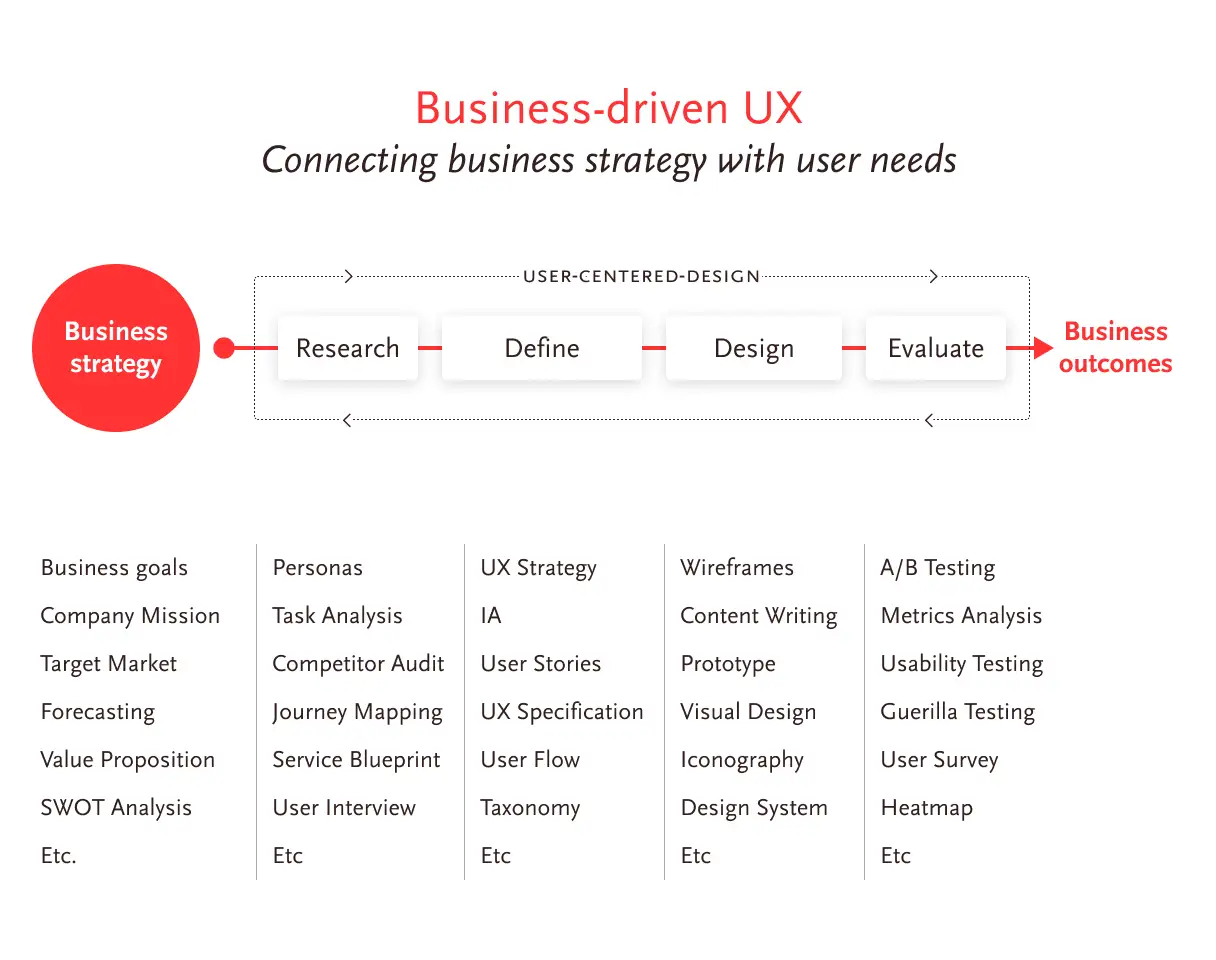
If you recall the facets of UX, “valuable” sits at the heart. Also, in IDEO’s DVF framework, “financial viability” is a key aspect. Because no matter how great a product is, if it can’t generate money it’s dud. So users’ needs and business objectives go hand in hand.
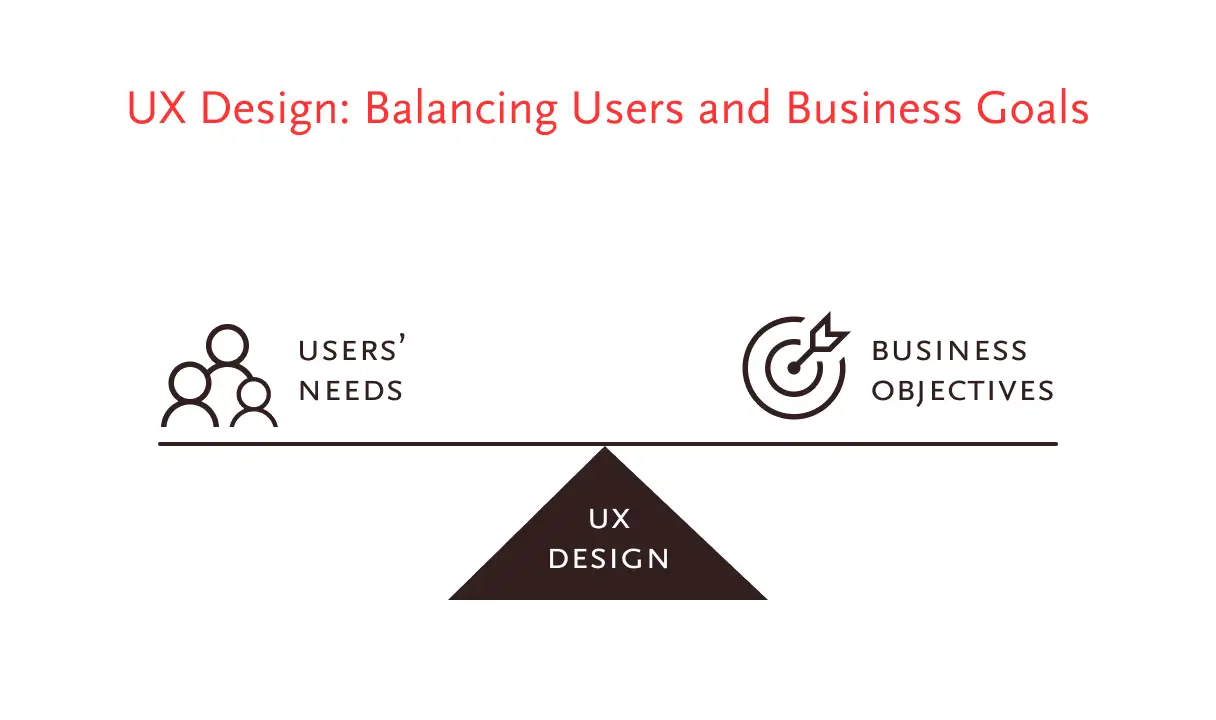
The best way to learn business is by getting your hands dirty. Only then will you appreciate it and the people who run it. The second way is to read good books to learn the trade such as:
- Zero to One by Peter Thiel
- Business Model Generation by Alexander Osterwalder and Yves Pigneur
- Blue Ocean Strategy by Chan Kim and Renee Mauborgne
I also love Naval’s tweetstorm, “How to Get Rich (without getting lucky)” and whatever wisdom pearls he shares now and then. And then the Oracle of Omaha, Warren Buffett himself and his partner Charlie Munger’s speeches that teach you more than investment advice.

2. UX Research
To do a business, you must know what people value. The more value you create, the more money you make. And UX research helps you to discover that value. There are usually 3 reasons to conduct user research:
- discovering what people want (foundational research)
- figuring out how to build what people want (design research)
- checking whether you’ve succeeded in building it or not (post-launch research)
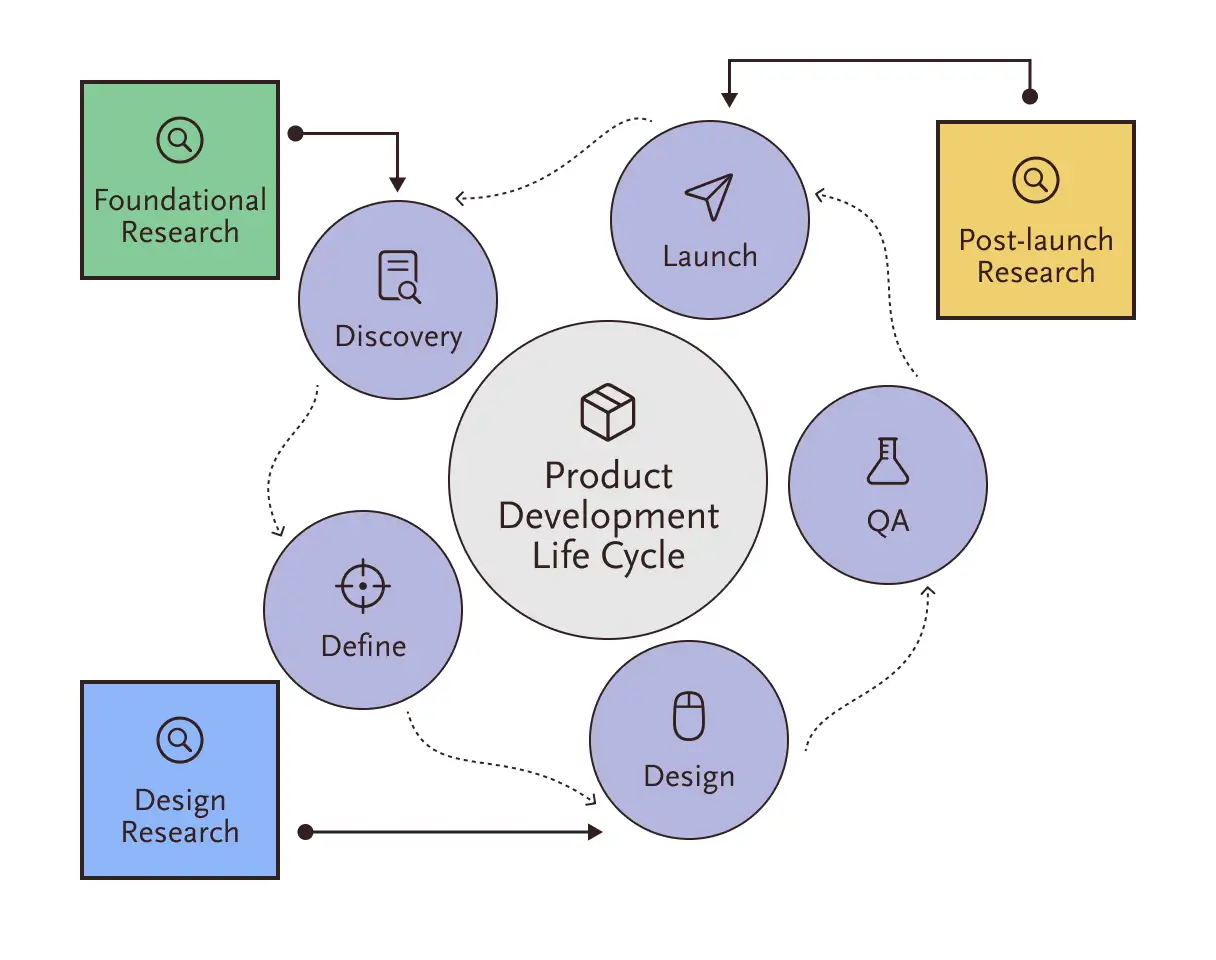
There are a lot of methods for conducting research such as observing people, interviewing them, sending surveys, usability testing, etc. And a few books that may help you to learn UX research are:
- Think Like a UX Researcher by David Travis and Philip Hodgson
- User Research by Stephanie Marsh
- Build Better Products by Laura Klein
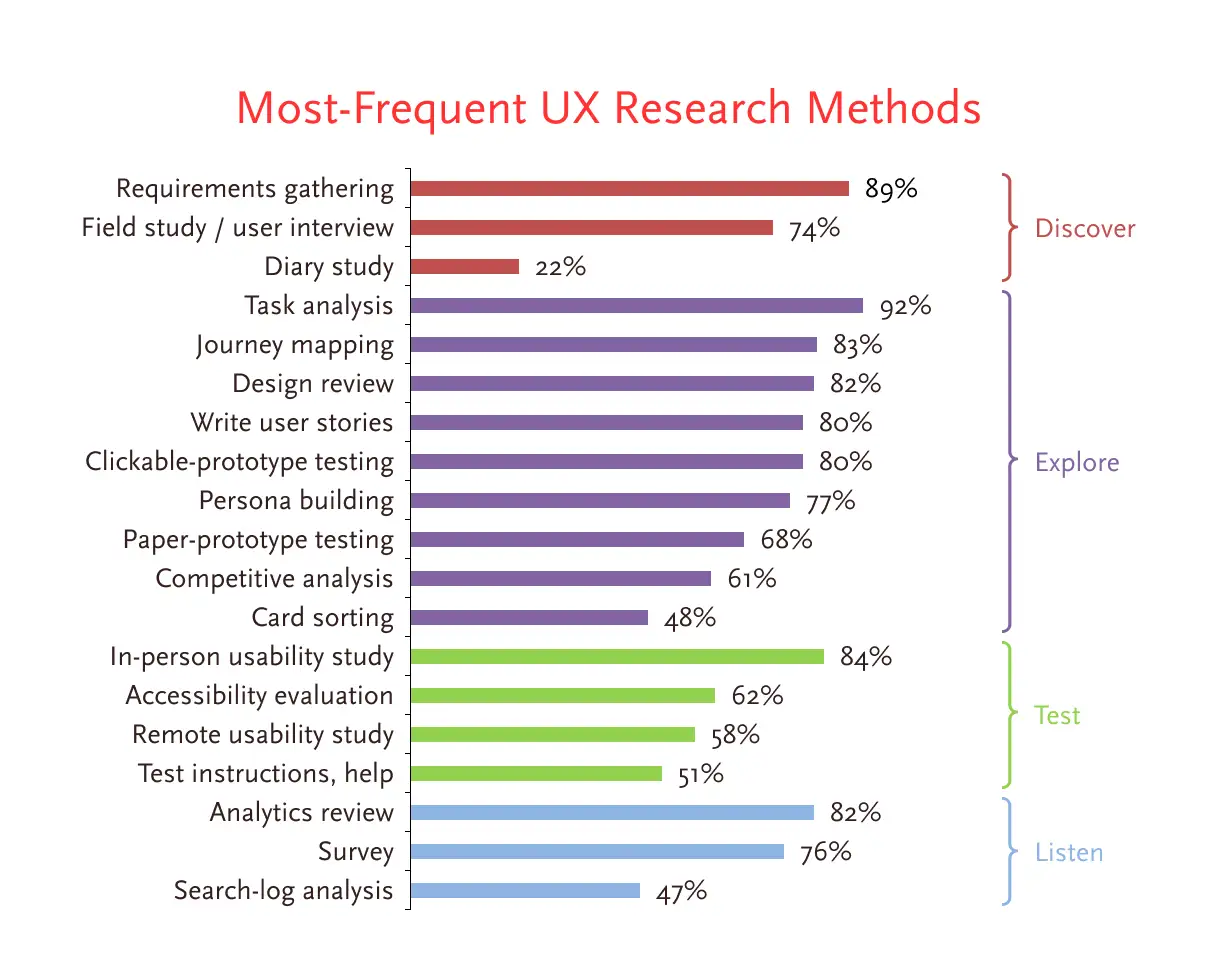
But sometimes even after conducting a user research, what people want and what you build become different. And the reason could be anything:
- you may have blindly followed users’ advice and built a product, or
- you may have led users to those answers that you want to hear, or
- you may have interviewed wrong target users in the first place.
Now to avoid these situations, you need the help of psychology—specifically cognitive psychology—because interviewing people is not enough, interviewing the right people in the right way is.
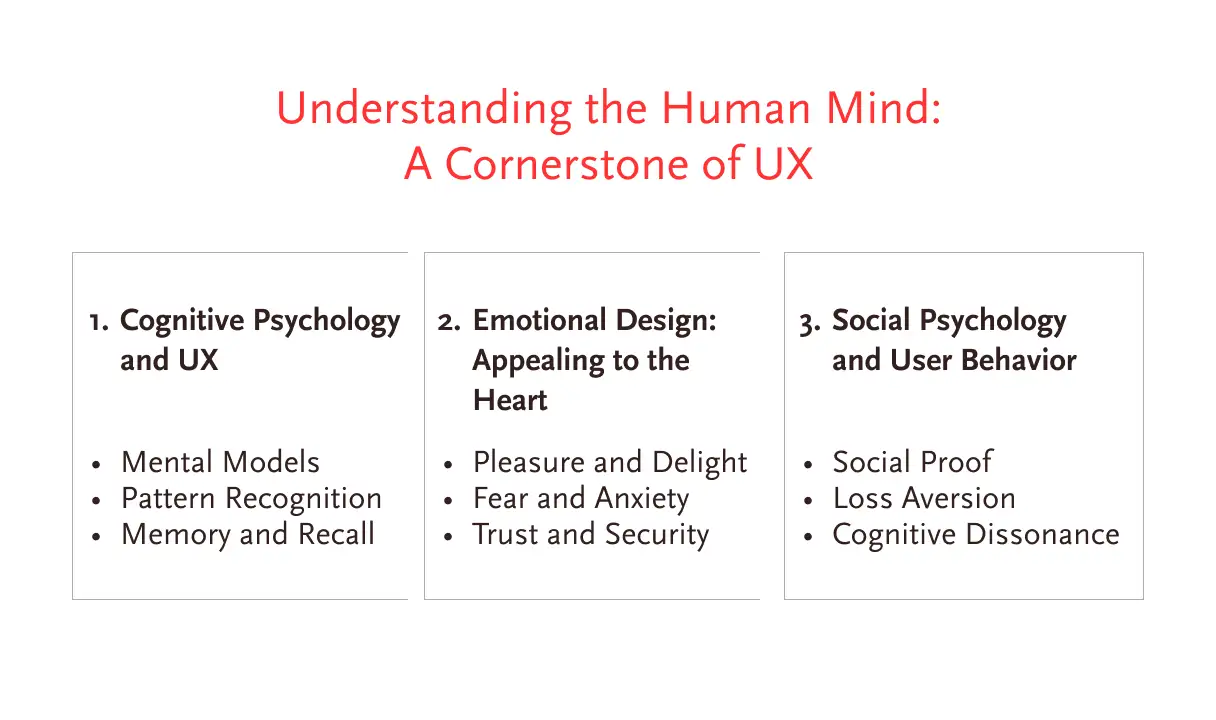
3. Cognitive Psychology
You can’t just grab random people from the streets and start questioning them. People usually change their behavior under observation or if they like you, they’ll tell you exactly what you want to hear.
Now to figure out all these small but crucial details you don’t need to be a psychologist (it wouldn’t be bad though) but you should at least have the knowledge of
- how people think,
- what are the limitations of the mind,
- how people make decisions etc.
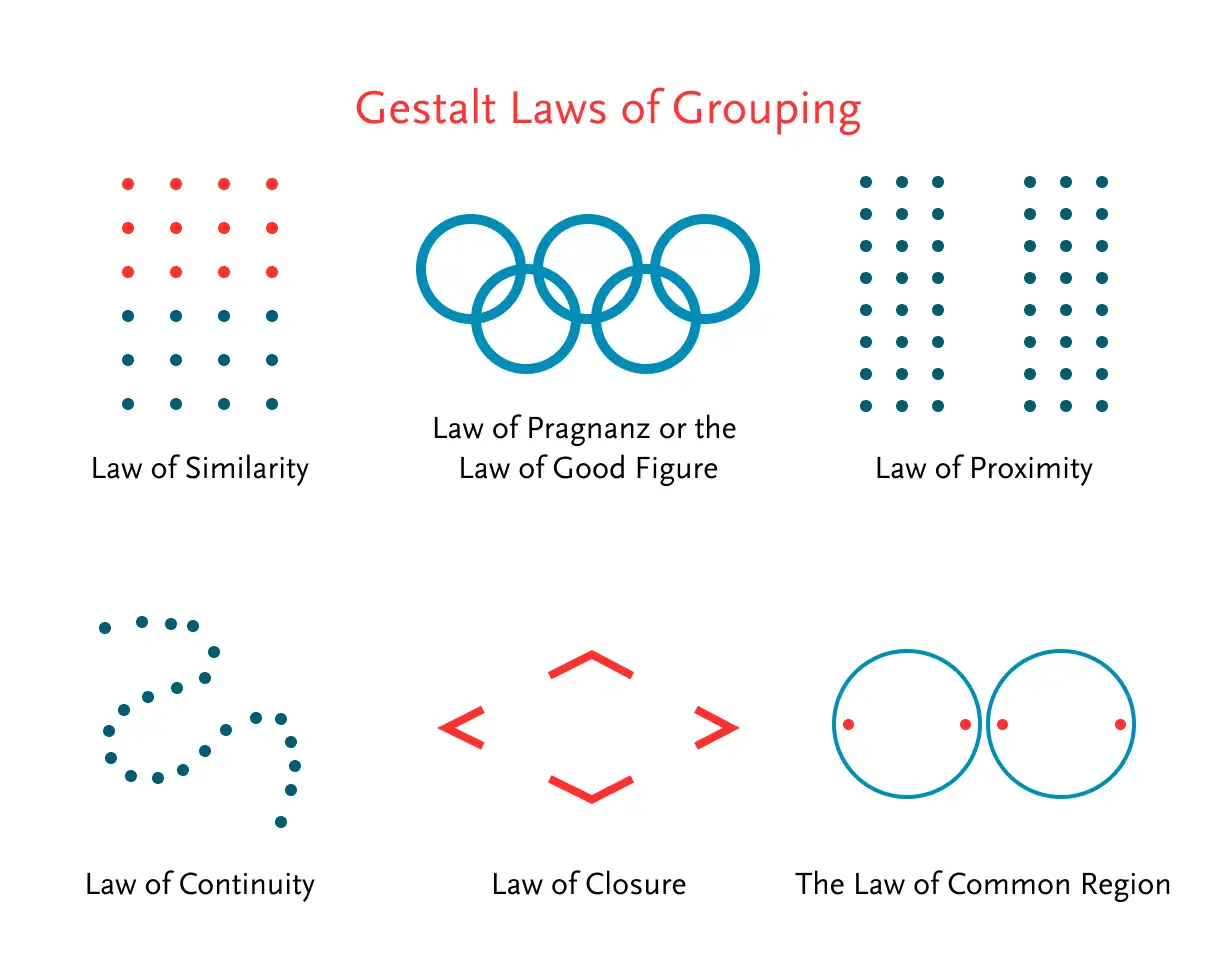
Also you must be aware of your own biases and learn how to keep them in check. You can start with classics such as
- Thinking, Fast and Slow by Daniel Kahneman
- Influence by Robert B. Cialdini
- Emotional Design by Donald Norman
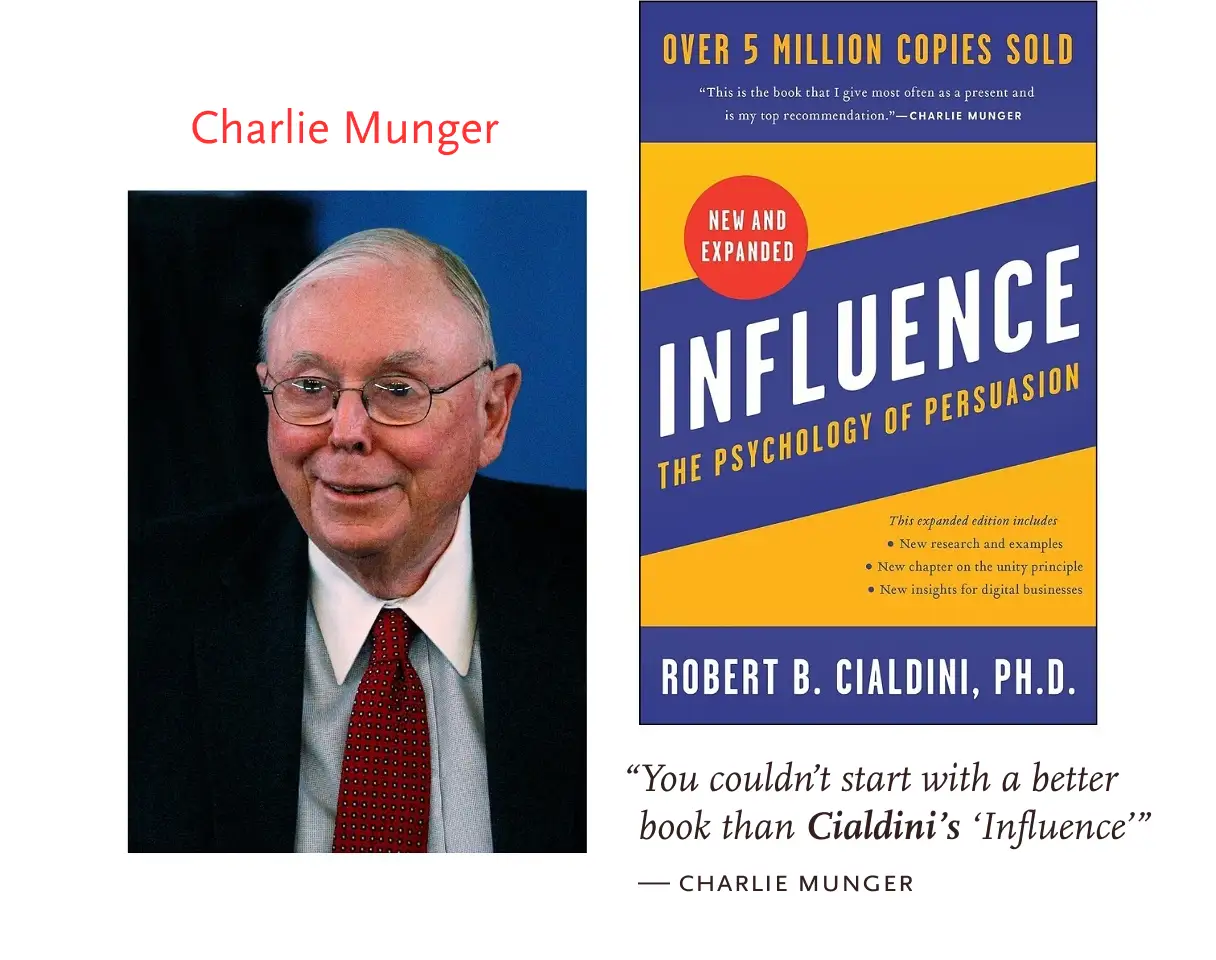
Also read whatever Susan Weinschenk has written. She has a knack for finding cool insights from boring psychology papers and weaving them together to create mind-blowing books.
4. Philosophy
You find all the great ideas have roots in philosophy. On Wikipedia, if you click the first link in an article and then the first link in the new one, you end up at ‘Philosophy’ 97% of the time. Philosophy provides a solid foundation whether you want to explore aesthetics, logic, religion, mind, or behavior.
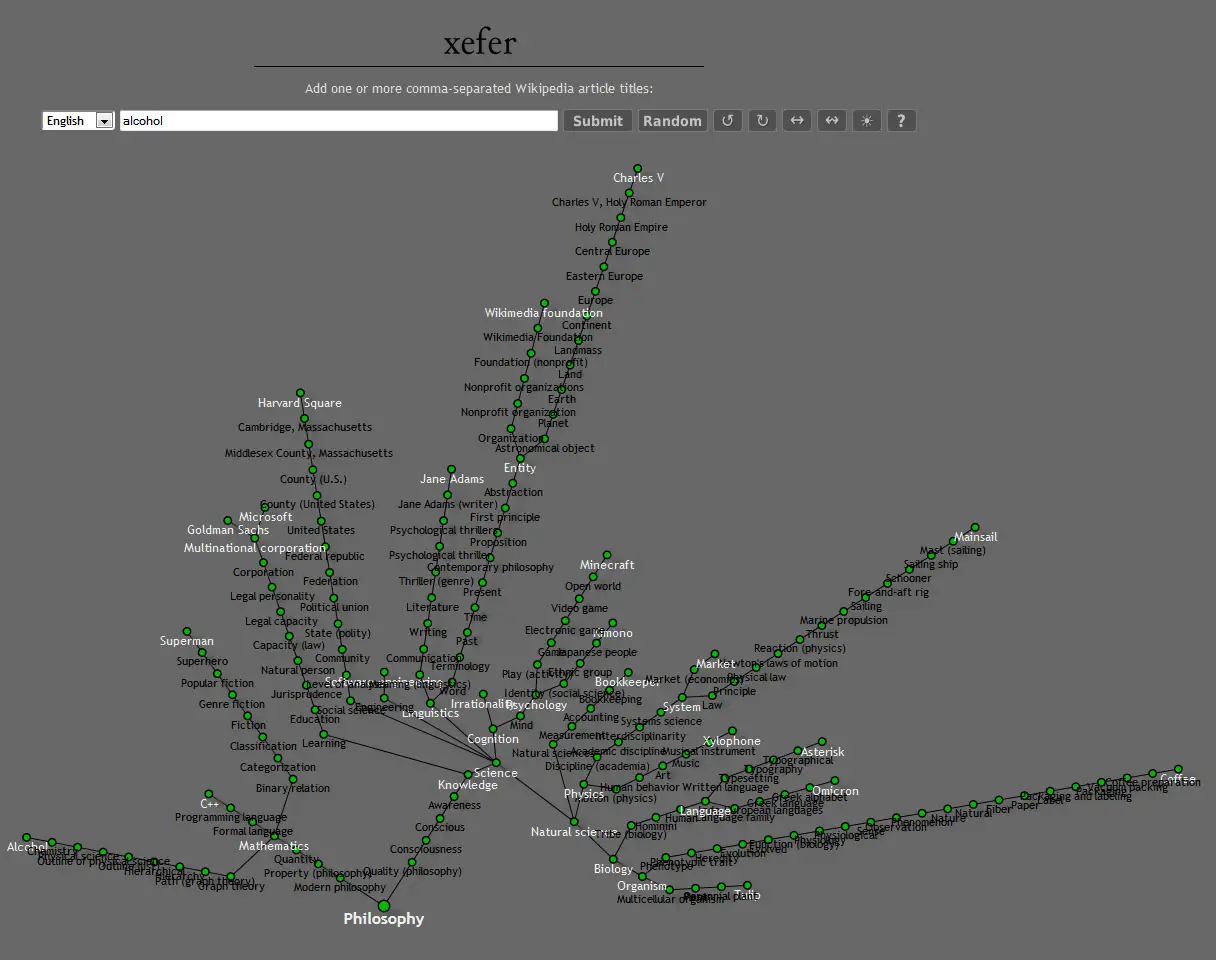
Even if you don’t wanna go after hardcore philosophy, there are people like
- Ryan Holiday who writes about Stoic philosophy
- James Clear who writes about building better habits
- Morgan Housel who writes about behavioral finance
- Tim Ferriss who writes about self-improvement
And their work touches philosophy, psychology, human behavior, etc., that can help you immensely in UX.
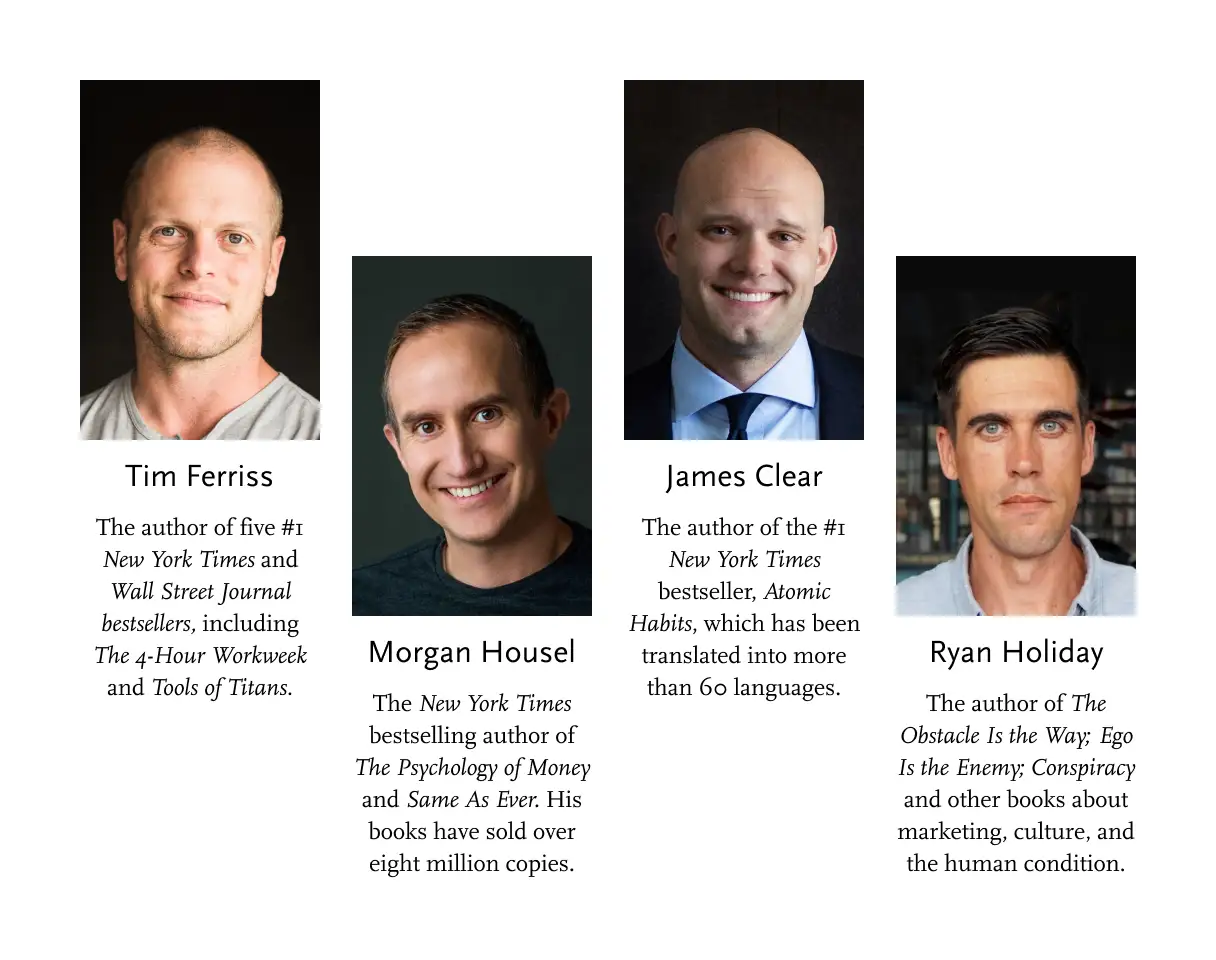
Not only UX designers but anyone who has ever become great at anything usually acquired a philosophical sense. Look at Norman (professor), Naval (investor), Goggins (Navy SEAL), Thiel (entrepreneur), Pressfield (author), Peterson (psychologist), Osho (mystic), they’re all philosophers. Specifically in UX, if you read
- Frank Chimero’s The Shape of Design, or
- Don Norman’s The Design of Everyday Things and Emotional Design, or
- Alan Cooper’s The Inmates Are Running the Asylum
you’ll get a tinge of philosophy in them.
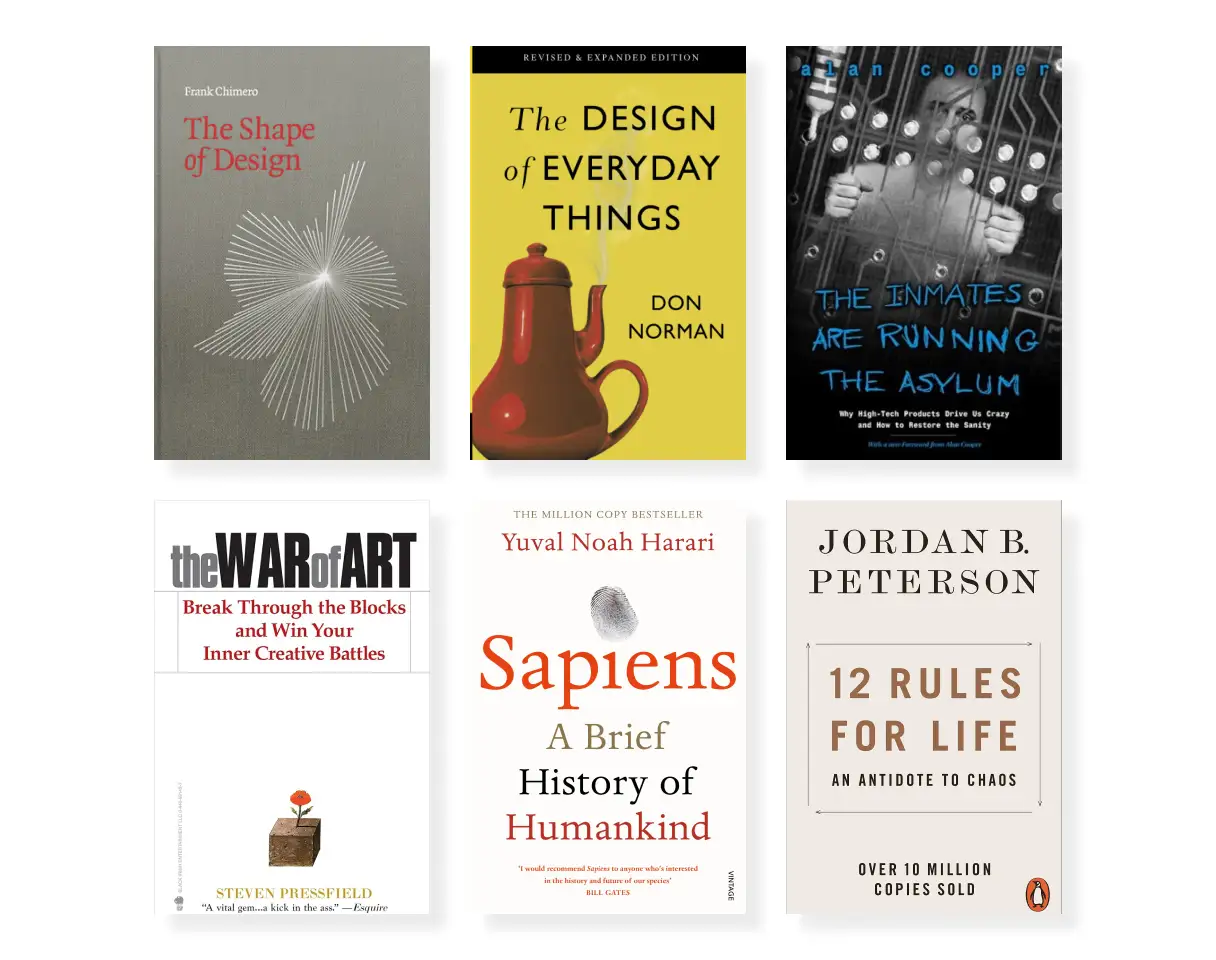
Other than that there are books such as
- The War of Art by Steven Pressfield
- Sapiens — A Brief History Of Humankind by Yuval Noah Harari
- 12 Rules for Life by Jordan Peterson
deserve multiple readings. Don’t limit yourself to just academic books on UX.
5. Information Architecture
Just like an architect meticulously dissects a physical space to make it inviting for people, an information architect distributes and optimizes the information on a digital space to make it
- instantly scannable (hierarchical)
- easily distinguishable (legible)
- quickly consumable (readable), and
- clearly navigable (accessible)
for its users.
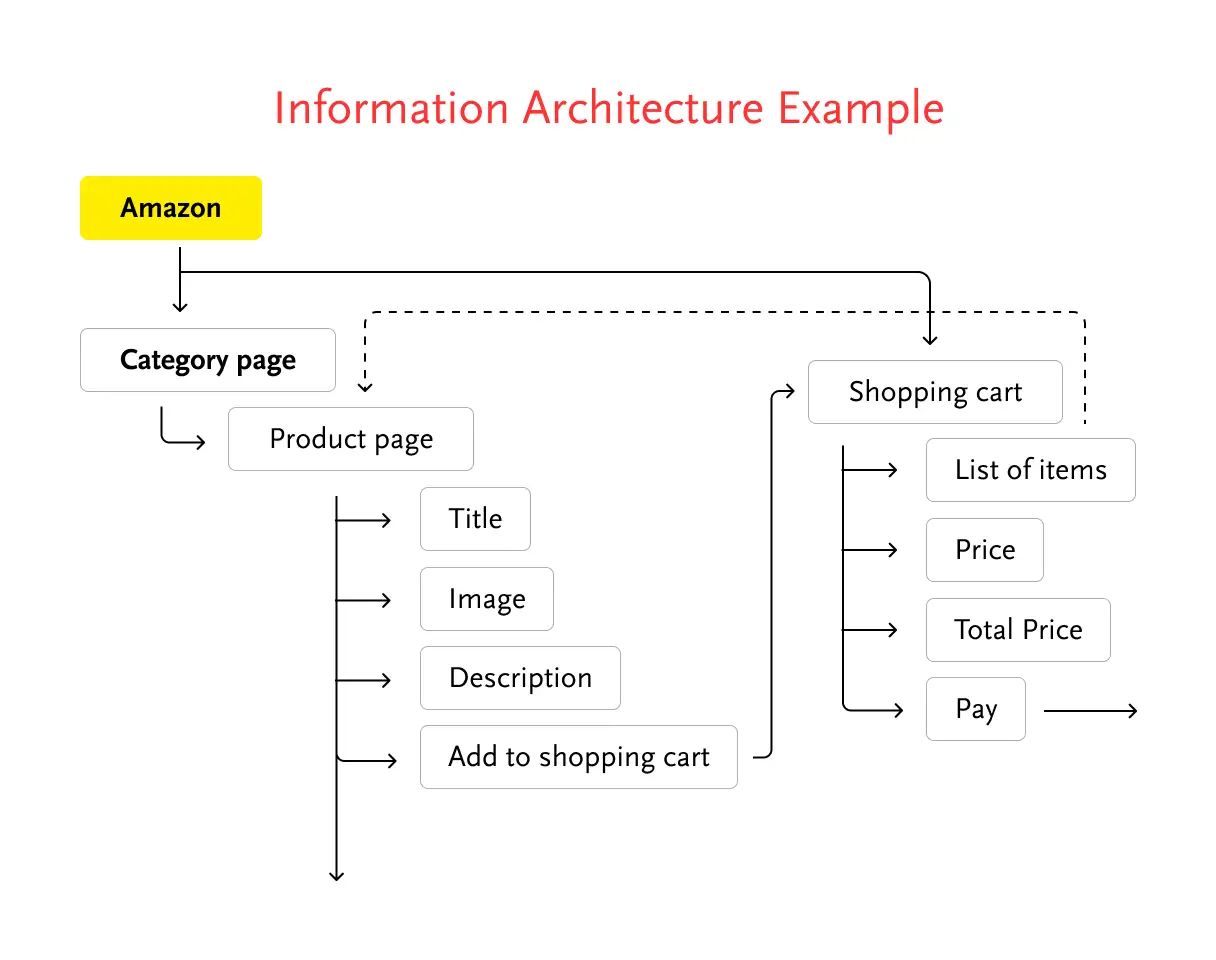
If you go all the way back to the 1st century AD to see the earliest surviving text on architecture by Roman architect Vitruvius, you’ll be surprised to find what he considered the properties of a good building.
According to him a good building embodies utility, durability, and beauty. Don’t they sound similar to the characteristics of good UX: utility, usability, and enjoyability (or desirability)?
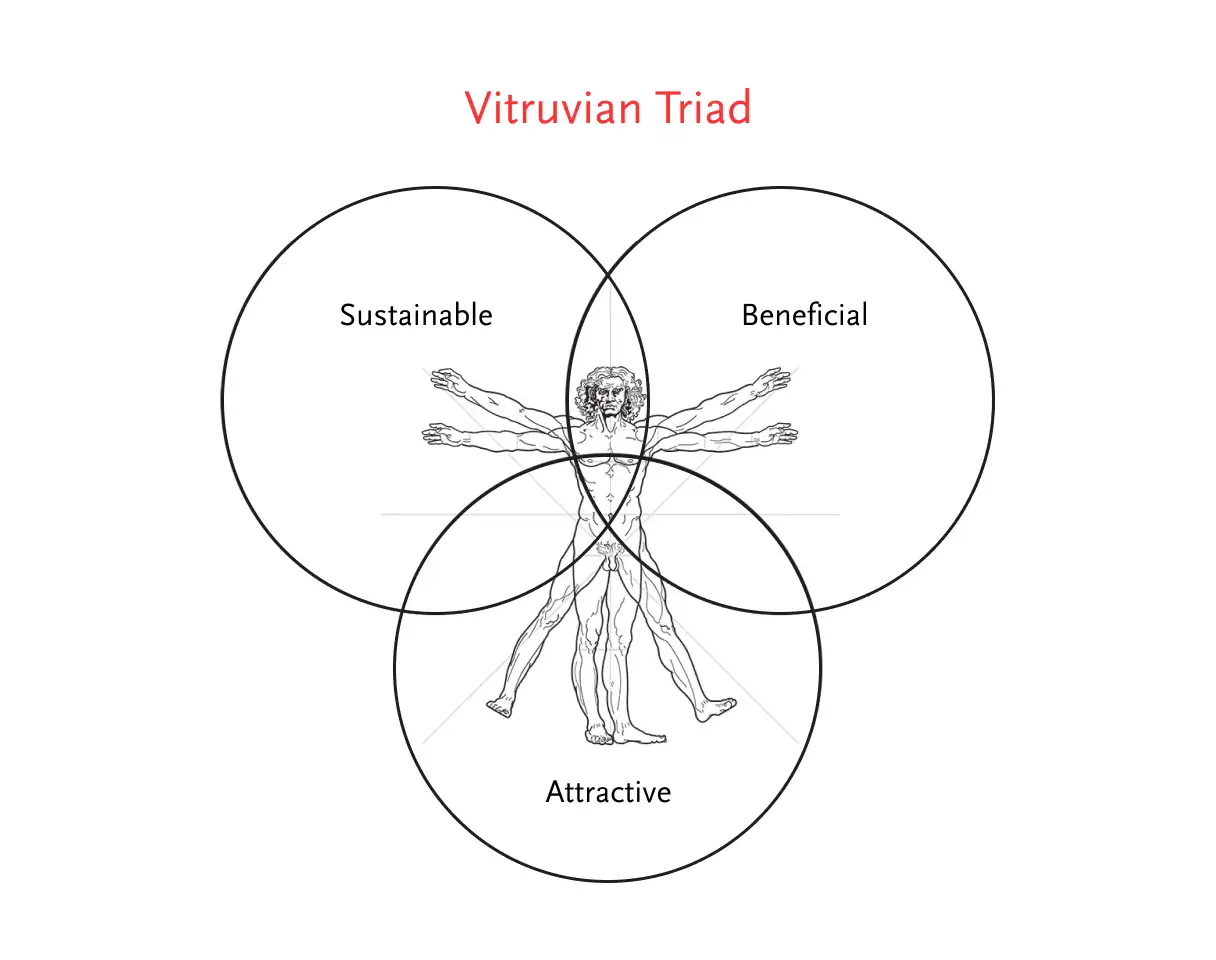
Now, as the print media came way before the web, a lot of rules and terminology that information architects follow comes from there. Just like newspapers and books have heading, subheading, body copy, sections, quotes etc. so does the web.
Other than arranging the data, information architects also use wireframes to erect a layout, and interaction design to define the user flow. Wireframes, as their name suggests, look like a mesh of wires that construction workers use to get a basic structure representation.

There are a few books that you can read to learn more about it.
- Information Architecture for the World Wide Web by Peter Morville & Louis Rosenfeld
- Ordering Disorder: Grid Principles for Web Design by Khoi Vinh
- The Elements of Typographic Style by Robert Bringhurst
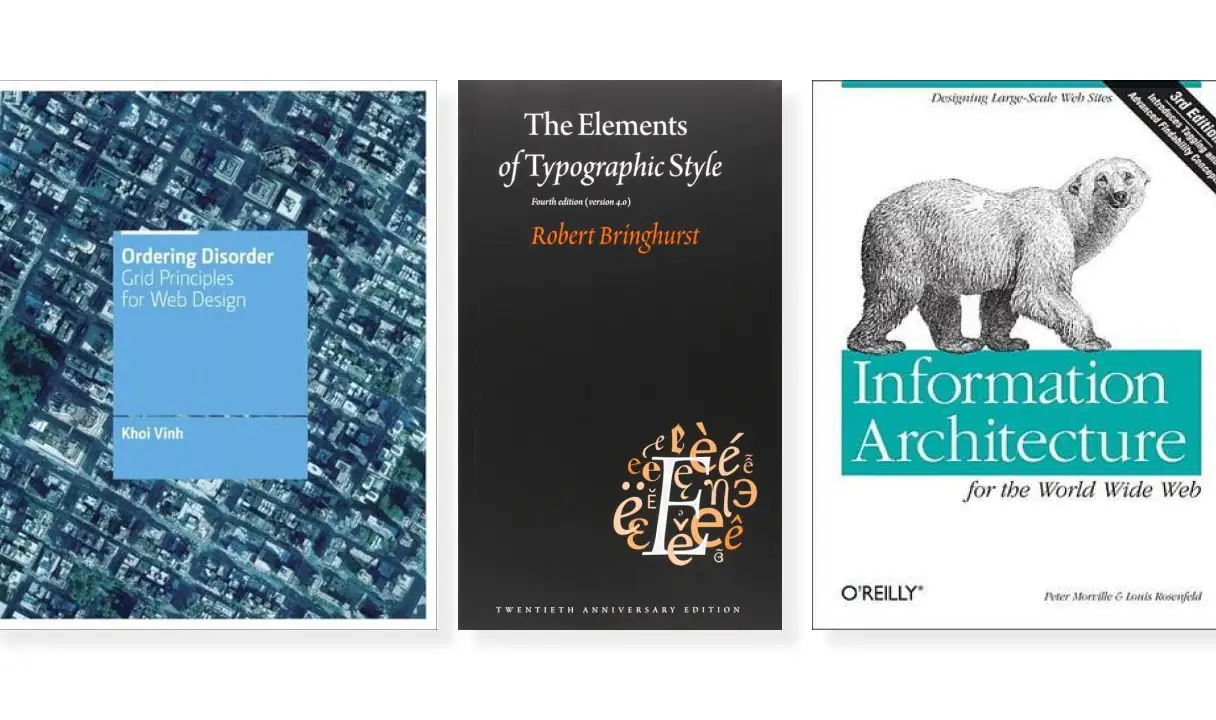
6. Visual Design
No matter what people say, most organizations judge you on your visual skills. While UX purists detest putting UX and visual design in the same sentence, observations such as “The Aesthetic-Usability Effect” proves that aesthetics plays a significant role in improving the usability of a product.

Have you ever noticed that
- whenever your car comes back from a service center, it runs better, or
- whenever you put on your favorite clothes you feel more confident, or
- whenever you go to a big restaurant you behave more civilized.
A thing that looks or feels great seems to work great. And it doesn’t matter whether they have even actually serviced your car, maybe they just washed it. But it feels like it’s running better. Similarly, this whole unboxing experience popularized by Apple gives you a visceral feeling that it’s going to be a great product. How that belief plays out in reality is a later concern.

Visual design comes at the very last stage of a design process but it’s the very first thing people notice. It’s similar to icing on a cake. Although bread makes up about 75% of a cake, it’s the icing and decoration that sell it. You see the packaging first. The same rules apply to visual design.
Subjects like typography, color theory, composition, iconography, and imagery all contribute to visual design. And Gavin Ambrose has a Basic Design Series that covers almost all of them.
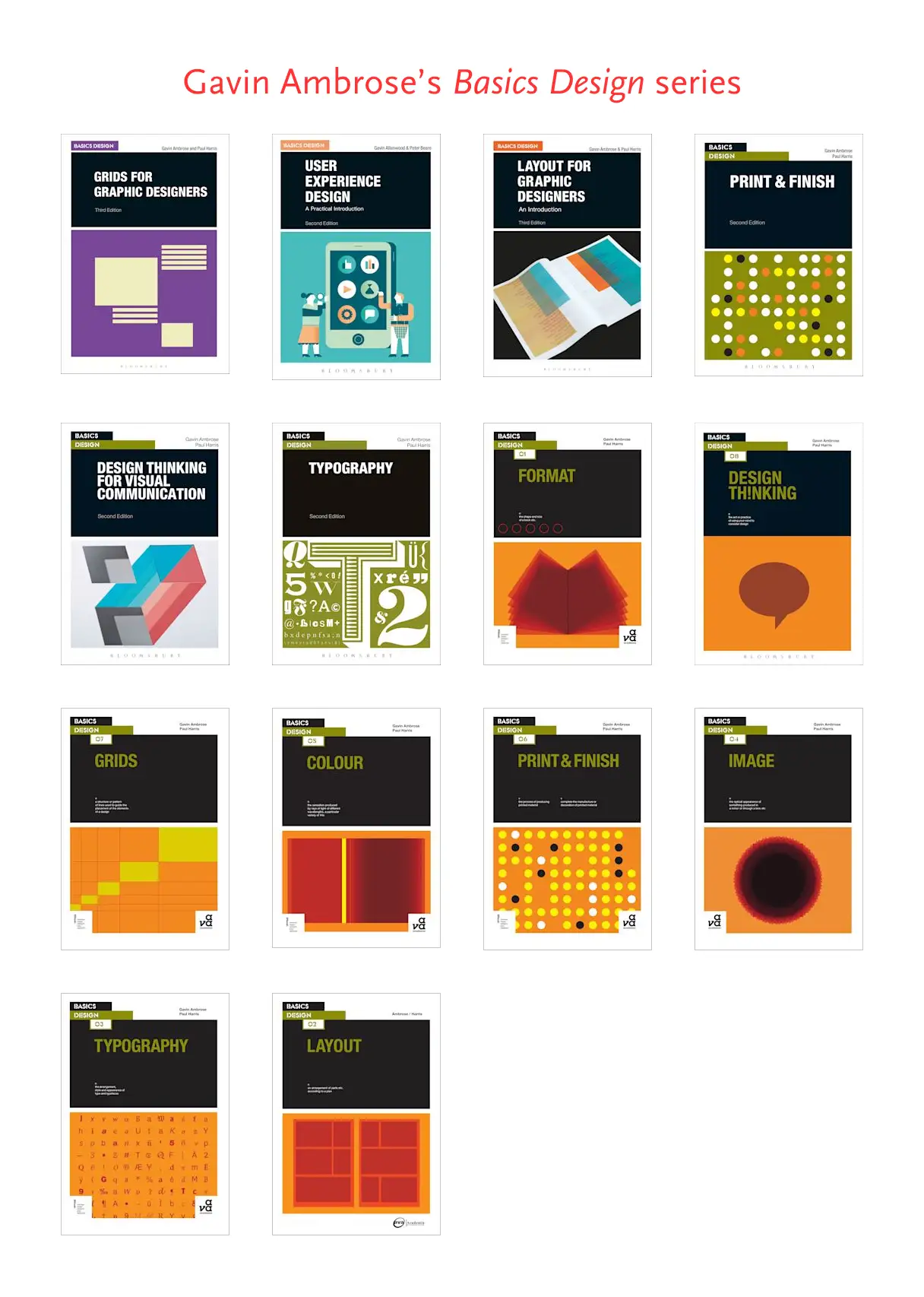
So these are the components that help in facilitating the majority of the UX. Apart from these, there are other components such as art history, sociology, animation, and soft skills such as communication, management, presentation, etc., that play a significant role in UX.
But knowing these components is one thing and arranging them in the right order and proportion is another. Look, the end goal of UX is to understand users’ true needs and desires and create the best solution to fulfill them. And to do that you’ll have to employ these components correctly. One such way is a framework known as The Elements of UX. Let’s see what it is in the next essay.
